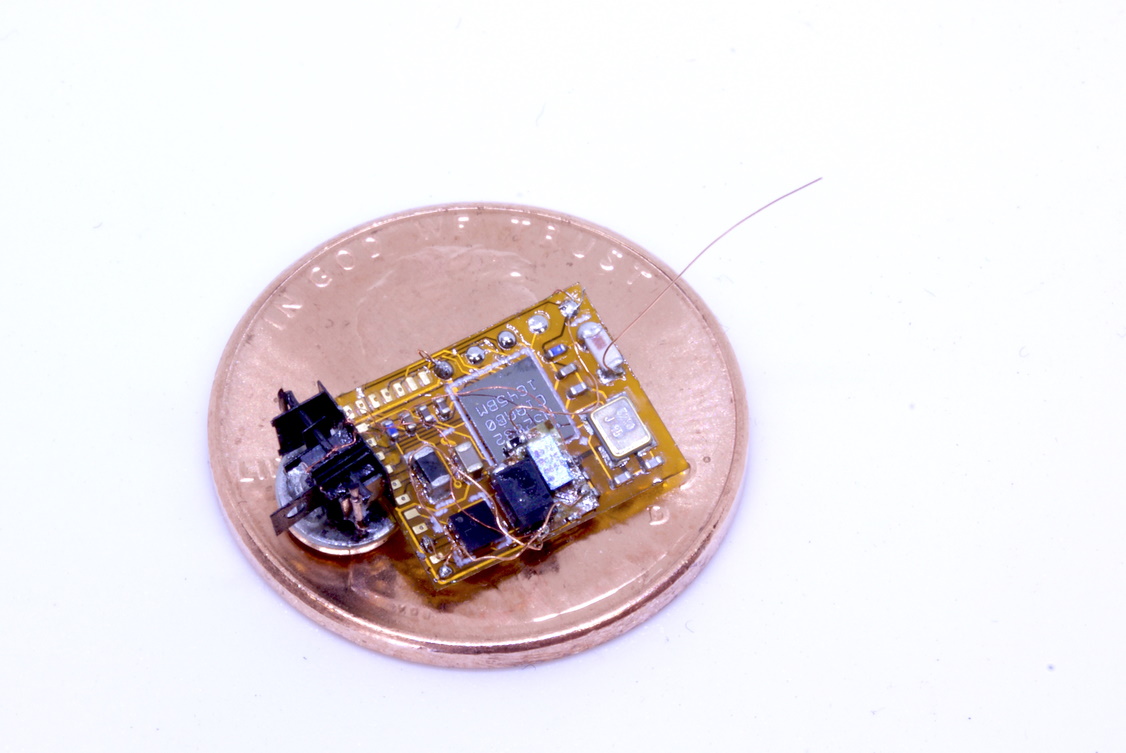- October 8, 2020
- by:
- in: Blog
According to details from a shocking new affidavit, the FBI uncovered a group planning “violent action against multiple state governments,” including a detailed plot to capture or kill Michigan Governor Gretchen Whitmer. The domestic terror group organized across Facebook groups, real-life events and at least two encrypted chat apps that the FBI did not name.
According to details from a shocking new affidavit, the FBI uncovered a group planning “violent action against multiple state governments,” including a detailed plot to capture or kill Michigan Governor Gretchen Whitmer. The domestic terror group organized across Facebook groups, real-life events and at least two encrypted chat apps that the FBI did not name.
Whitmer, a Democrat, became a major target of pervasive anti-lockdown sentiment on the political right earlier this year when states imposed restrictions to slow the spread of the coronavirus. According to the affidavit, at a June in-person meeting, members of the group “talked about murdering ‘tyrants’ or ‘taking’ a sitting governor.”
Facebook says it played a “proactive” role in the FBI investigation, first reaching out to law enforcement six months ago. The FBI said it became aware of the activity through social media and also relied on an informant to collect information from within the group.
“We remove content, disable accounts and immediately report to law enforcement when there is a credible threat of imminent harm to people or public safety,” a Facebook spokesperson told TechCrunch. “We proactively reached out and cooperated with the FBI early in this ongoing investigation.”
The group sought to grow its numbers, contacting a Michigan-based militia group known as the Wolverine Watchmen that shared overlapping interests. Facebook removed the Wolverine Watchmen group from its platform in June when it purged a number of groups connected to the anti-government boogaloo movement.
“Today we are designating a violent US-based anti-government network as a dangerous organization and banning it from our platform,” Facebook wrote at the time, drawing a distinction between violent boogaloo groups and the “loosely-affiliated” boogaloo movement.
TechCrunch asked Facebook if the individuals connected with the Michigan militia through Facebook groups but the company did not provide an answer to that question.
Adam Fox, one of the group’s alleged organizers, livestreamed to a private Facebook group earlier this year, complaining that Michigan’s restrictions were keeping gyms closed. In the video, Fox “referred to Governor Whitmer as ‘this tyrant bitch,’ and stated, ‘I don’t know, boys, we gotta do something.’”
In April, Trump cheered on protests against those measures in Virginia, Minnesota and Michigan, three states with Democratic governors. Many of these early events were organized on Facebook, but anti-Whitmer sentiment quickly became ubiquitous on the right across social networks and traditional media.
By July, the group considered attacking a Michigan State Police location but landed on abducting Whitmer from her private vacation home or governor’s summer residence. The same day that decision was made, Fox wrote on a private Facebook page “‘We about to be busy ladies and gentlemen . . . This is where the Patriot shows up. Sacrifices his time, money, blood sweat and tears . . . it starts now so get fucking prepared!!”
The group alternated between planning to kidnap Whitmer for a private “trial” and killing her on sight. Over the course of the coming months, they conducted surveillance of Whitmer’s vacation home, collected supplies and planned detailed logistics for the kidnapping plot, including the idea of blowing up a nearby bridge to divert police attention. The group discussed those detailed plans in an encrypted chat.
According to the affidavit, “On several occasions, FOX has expressed his intention and desire to kidnap Governor Whitmer before November, 3, 2020, the date of the national election.”
The affidavit also details some of the training exercises the plot’s members engaged in with militias in Wisconsin and Michigan, where they practiced making IEDs “using black powder, balloons, a fuse, and BBs for shrapnel” and conducted firearm and combat training drills. They shared photos and videos of their techniques through “Facebook discussions,” according to the affidavit.
A shift at Facebook
Facebook’s attitude toward some forms of extremist activity changed radically in recent months. While armed political groups had long been flourishing on the platform, the company cracked down on what it calls “militarized social movements” in August. Just this week, Facebook announced both a broader ban on the pro-Trump conspiracy known as QAnon and a new policy for voter intimidation efforts that use militaristic language.
When asked about if the terror plot had an impact on the company’s recent spate of surprising policy changes, Facebook did not provide a direct response. It’s also not clear if the domestic terror plot used Facebook groups to recruit and connect online or just to communicate among members who already knew each other in real life.
Researchers who study extremism have long expressed concerns that Facebook’s algorithmic recommendations, particularly the groups it designed to connect like-minded people, can push users toward dangerous ideas — and dangerous behavior.
Militias and other kinds of domestic extremist groups have increasingly leaned on Facebook for recruitment in recent years. Once members are connected and vetted, often through public groups, they are allowed into an inner circle, sometimes in the form of a private Facebook group. The Proud Boys, a violent far-right group with ties to white supremacists, were a prominent example of this recruitment strategy.
Users can be ushered into these extremist groups by Facebook’s algorithmic suggestions, which previously appeared in a box next to a group’s activity. For Facebook pages, those suggestions still appear to the side of the main stream of content, directing users toward “related pages.”
Facebook banned the Proud Boys from its platform in late 2018. But groups interested in violence that kept a lower profile have maintained a large presence on the platform well into 2020, including a number of state “patriot” organizations and anti-government boogaloo groups that coordinate firearm and combat trainings through the platform.
In June, Facebook banned a “violent network” of boogaloo groups, but other groups remain, organizing under code words related to the boogaloo movement. One boogaloo page TechCrunch identified calling itself “definitely not boogaloo” was selling “Boogaloo Boys” patches and posting violent memes as recently as this week.
Unfortunately for researchers and reporters tracking this kind of activity, Facebook recently removed the option to see how many members are in a public group at a glance from the search page.
Facebook recently announced a plan to actually expand the reach of its public groups, surfacing them to more users. “Public Group posts may now get more distribution on and off Facebook so that more people can discover and join in on the conversation,” Facebook wrote in the announcement.







